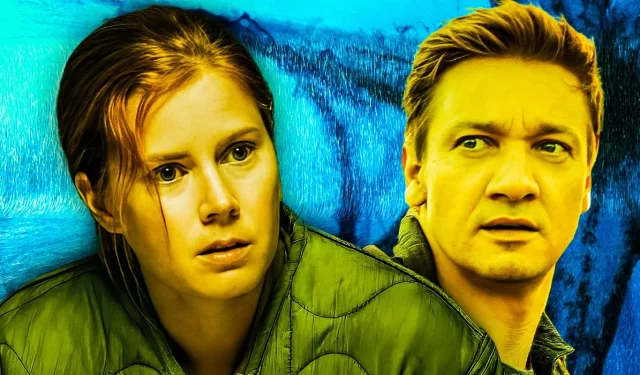Denis Villeneuve’s Arrival may initially appear to be a straightforward science fiction film; however, it presents a complex non-linear timeline that can easily confound viewers. The narrative centers around Louise Banks, a skilled linguist recruited by the government in response to an extraterrestrial visitation. Tasked with establishing communication with the alien beings, Louise soon discovers that their method of interaction transcends conventional human understanding.
Arrival presents a multi-layered narrative that Villeneuve expertly simplifies through visual cues, guiding the audience on a journey alongside Banks. As the story unfolds, a shocking twist reveals that events have not transpired in a traditional sequence, compelling viewers to reassess their understanding of the timeline. Upon revisiting the film, it’s evident that the hints leading to this twist are woven throughout the narrative, enabling audiences to reconstruct Banks’ journey with clarity.
Banks’ Memories of Hannah Are Actually Future Events
Interaction with the Aliens Grants Banks the Gift of Prescience
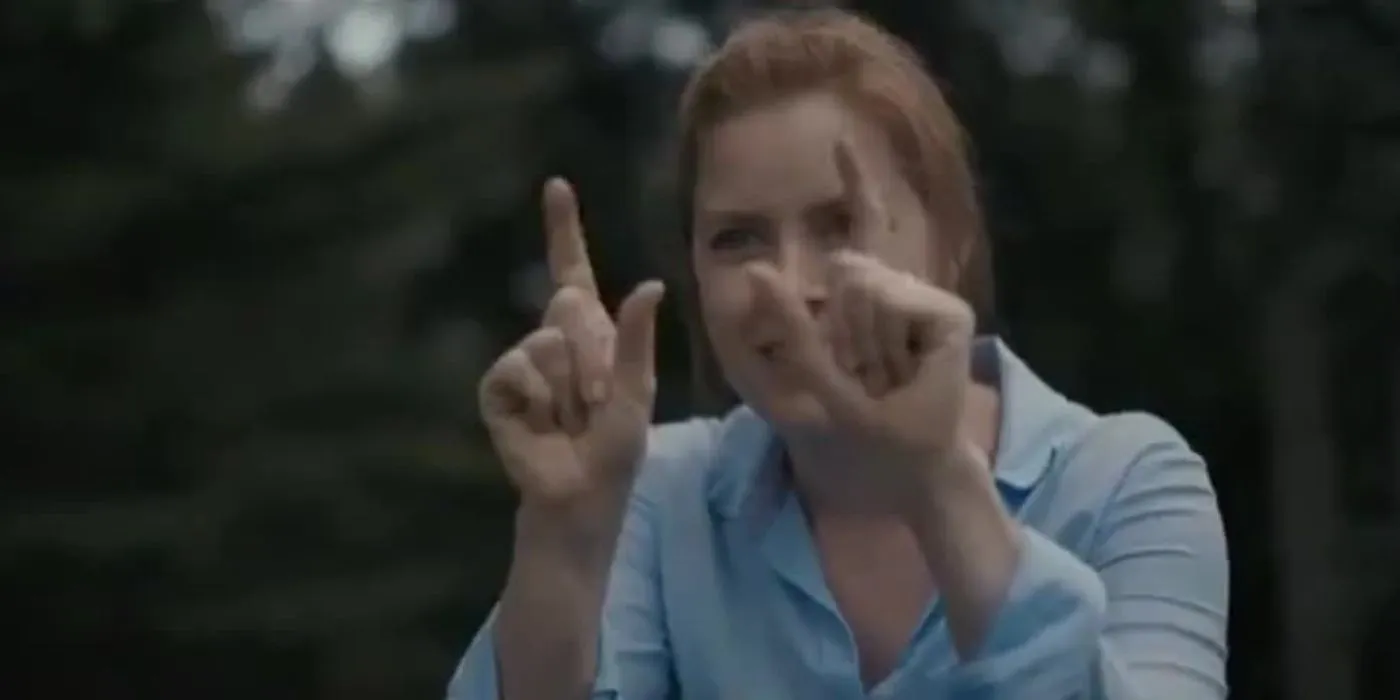
At the film’s climax, it is unveiled that Louise has acquired a perception of time akin to that of the aliens: non-linear. This transformation leads to the dissolution of traditional notions of past, present, and future, blurring the distinctions between these temporal markers. Notably, what appear to be memories of her daughter Hannah’s death are actually glimpses into the future, fundamentally altering Louise’s experience of her life.
This non-linear perception complicates Louise’s ability to navigate her existence chronologically, distorting her comprehension of life’s events.
The twist complicates the audience’s initial understanding, prompting a shift in perspective that aligns with the narrative’s true nature. Perhaps the most striking insight is that Hannah has yet to be born during these recollections, while Louise grapples with the knowledge that her daughter’s lifespan may only be twelve years. This insight transforms her unique ability into both a blessing and a curse, allowing her to manipulate the present based on her understanding of future events.
Arrival’s Events Occur Simultaneously but Non-Linearly
Exploring Arrival’s Non-Sequential Narrative
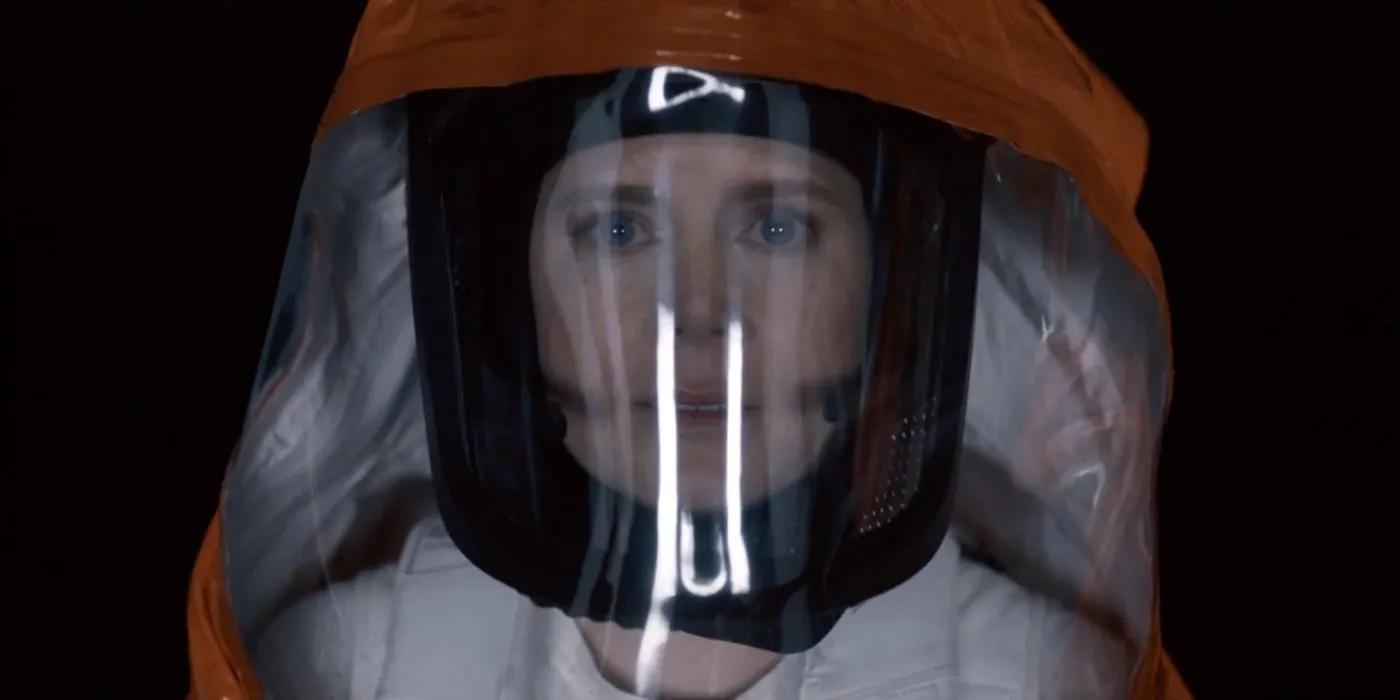
Unlike other non-linear narratives seen in films such as Pulp Fiction or Memento, Arrival’s timeline doesn’t hop back and forth through periods; instead, all moments coexist simultaneously. The characters who perceive time linearly experience events in a sequential manner, while Banks—and the aliens—hold the unique capability to view occurrences all at once.
The moments depicting Hannah’s potential death are not flashbacks or future events as perceived by Banks. Instead, they represent her current consciousness accessing timelines beyond human restriction. Intriguingly, the opening scenes introduce elements of the plot that, from Banks’ viewpoint, haven’t yet transpired.
Director Villeneuve invites audiences to embark on a similar journey of understanding as his protagonist, gently illuminating the concept of time through this unique structure. Through this non-linear lens, viewers initially perceive Banks’ experiences as scattered memories, yet by the film’s conclusion, this disarray transforms into a coherent story.
Arrival’s Linear Timeline Starts With the Aliens’ Arrival and Concludes With Hannah’s Death
Analyzing Arrival’s Actual Order of Events
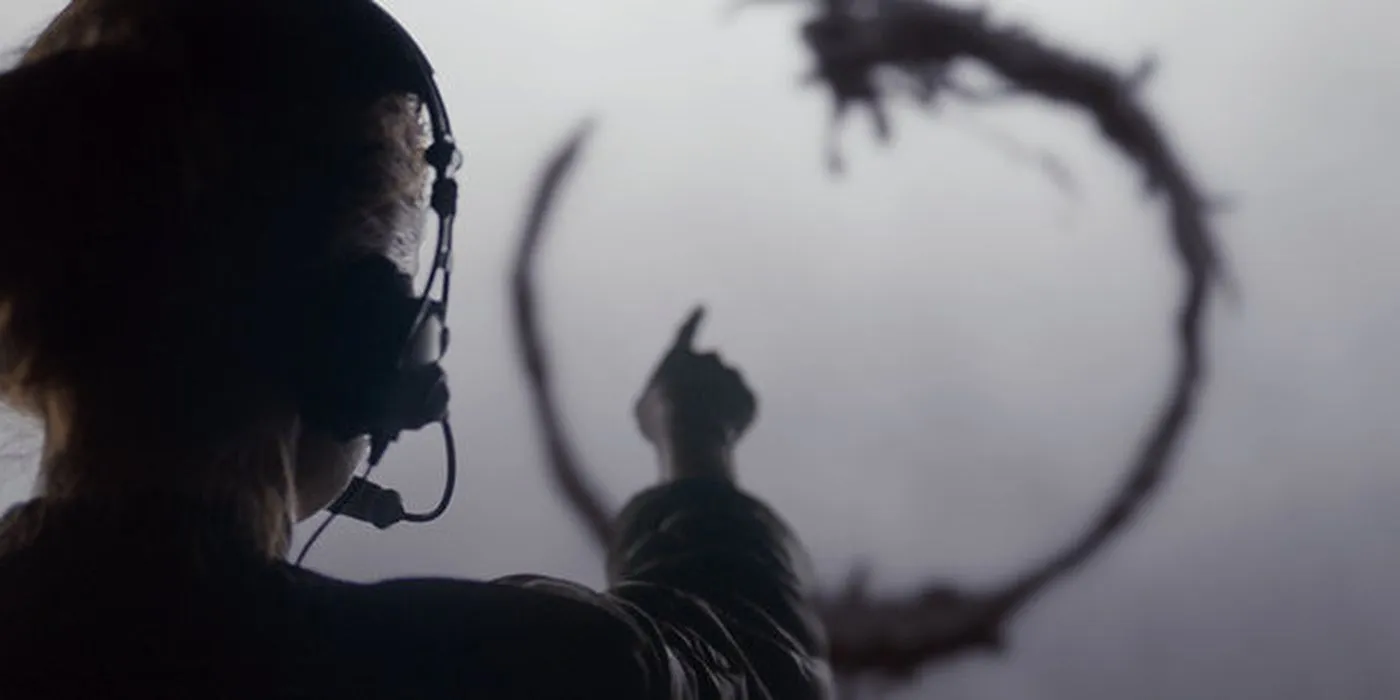

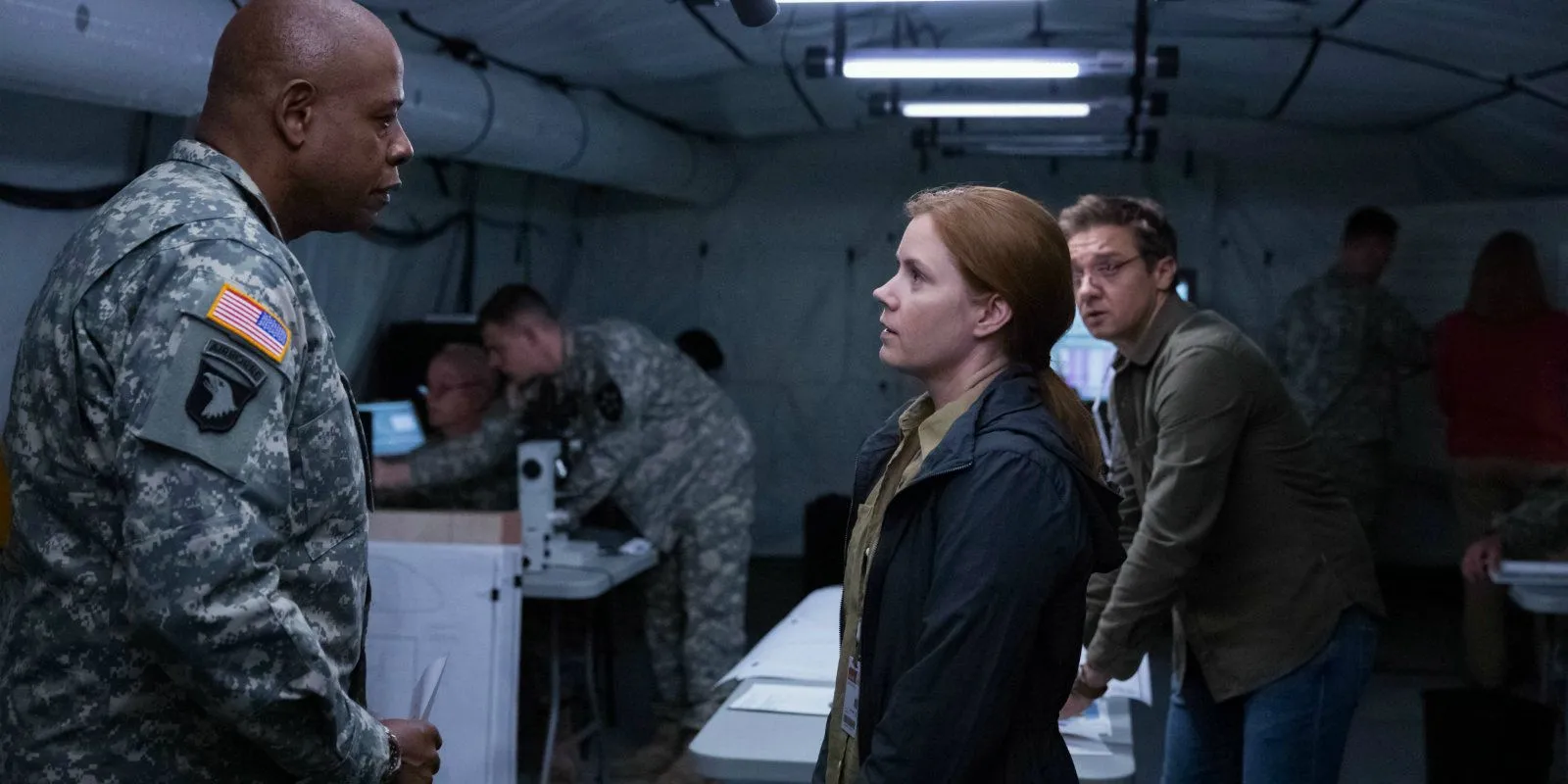
While Banks interprets time non-linearly, other characters experience life in a conventional order. Therefore, a linear timeline exists, commencing with the aliens’ arrival on Earth, advancing through Louise’s attempts at communication, and culminating in Hannah’s tragic demise some thirteen years later.
This dual perspective enhances the storytelling, allowing audiences to appreciate Arrival as a multifaceted work. Initially, viewers enter Banks’ warped reality, yet Villeneuve implants enough narrative clues to allow for a coherent understanding of the timeline. Hannah’s death serves as both a beginning and an ending, depending on the narrative perspective, framing Arrival as part of an endless loop.
Comparing Arrival’s Timeline Twist to Other Films
Christopher Nolan’s Fascination With Non-Linear Storytelling
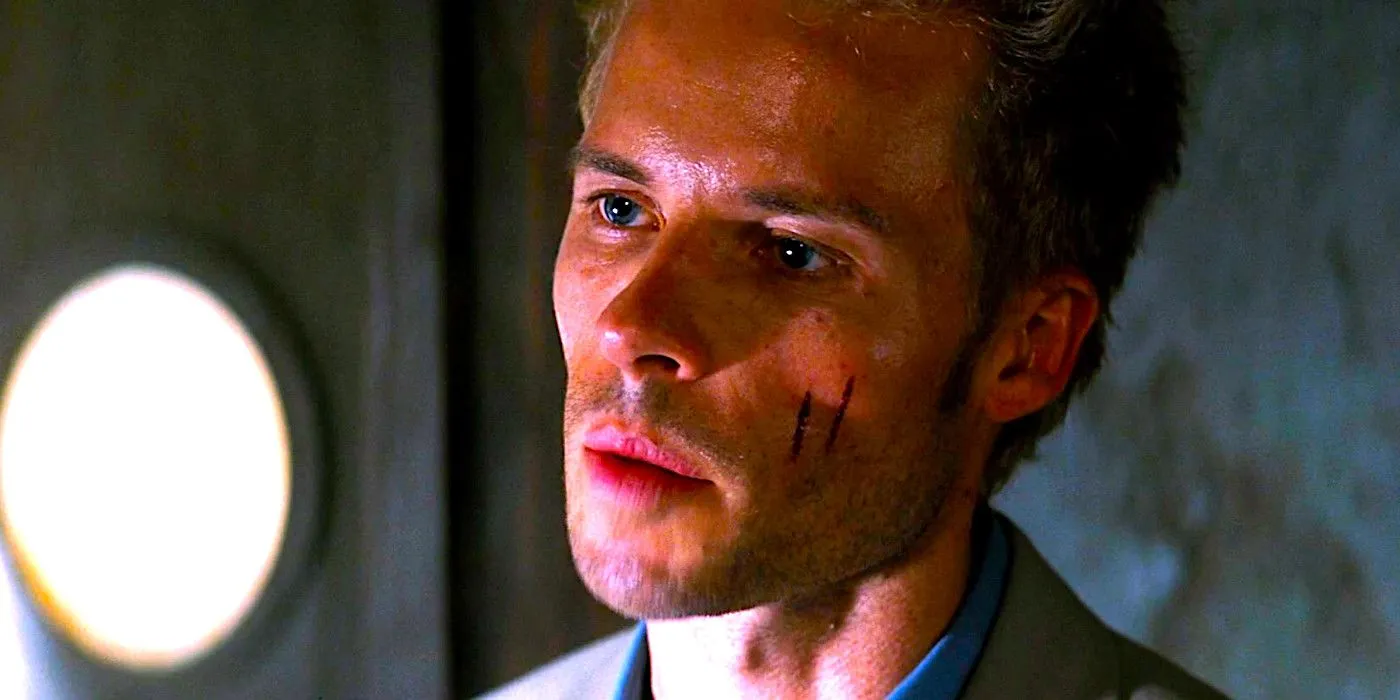
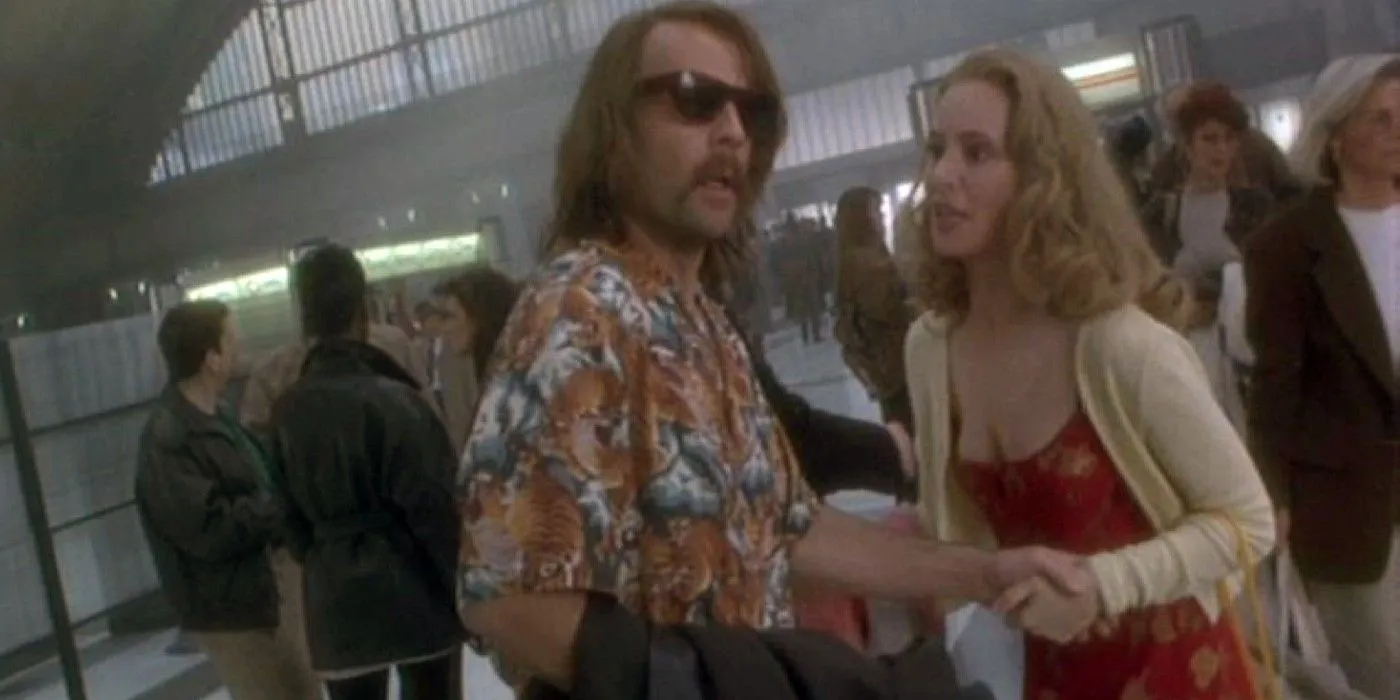
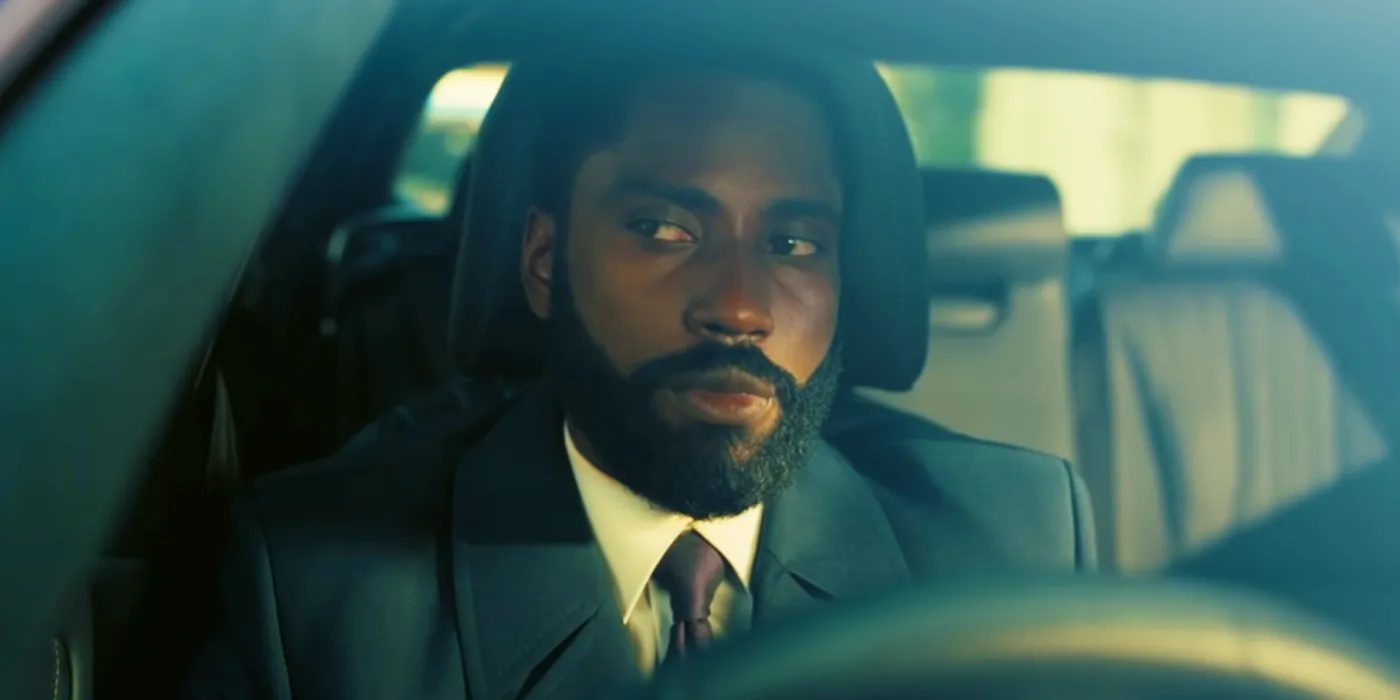
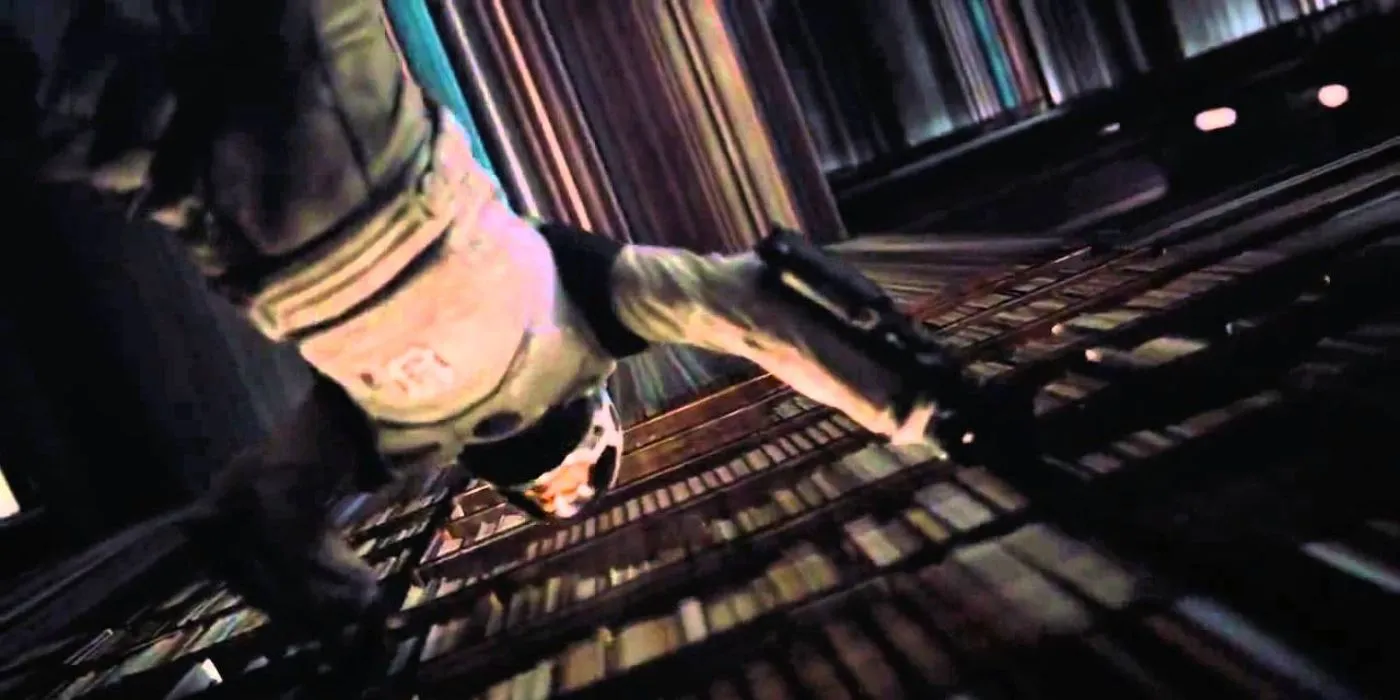
The narrative twist in Arrival profoundly impacts how viewers perceive time within the film. While Villeneuve takes a refreshing approach to this storytelling element, similar techniques have appeared in numerous films. For instance, Memento employs a reverse narrative structure, where the sequence culminates in revealing the protagonist’s motives.
Notably, several films by Christopher Nolan, including Interstellar and Tenet, explore time as a central theme, with climactic reveals demonstrating how characters influence their pasts. Much like in Arrival, these revelations cause the narrative pieces to align, facilitating deeper viewer engagement.
Arrival distinguishes itself through its unique twist, showing that events previously deemed as flashbacks serve as visions of the future. This technique shares resonance with the lesser-known, yet profound, sci-fi film 12 Monkeys, where Bruce Willis’s character discovers he is connected to his past in unexpected ways.
Narratives with intricate timelines can indeed present challenges, but they often lead to exceptional twists that elevate storytelling.
The Significance of Arrival’s Twist
A Twist That Enriches the Overall Experience
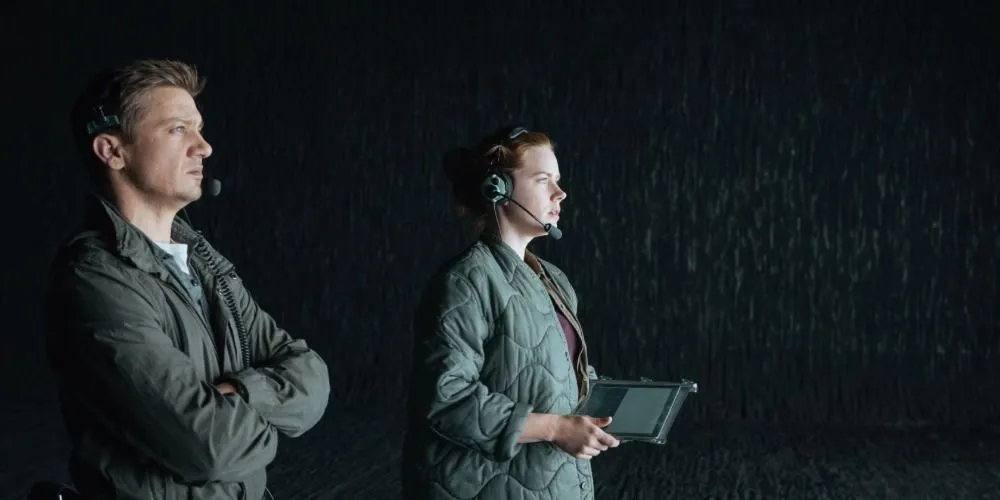
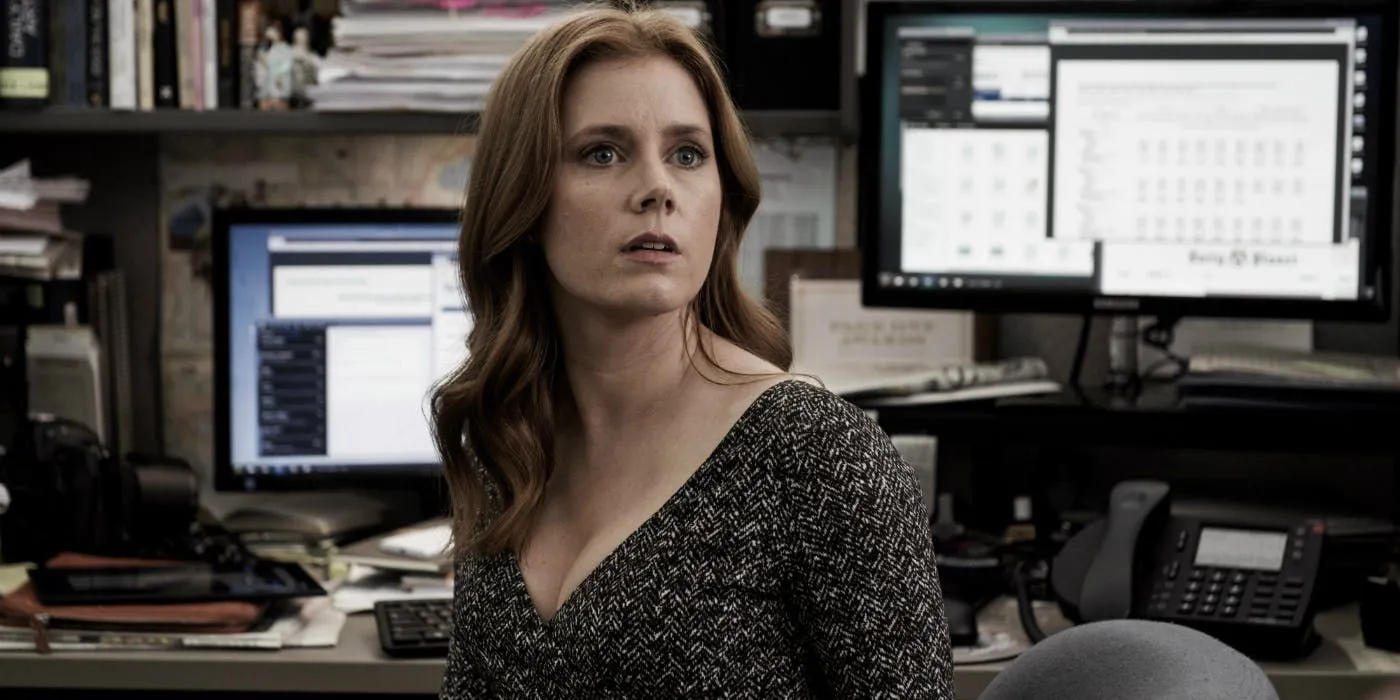
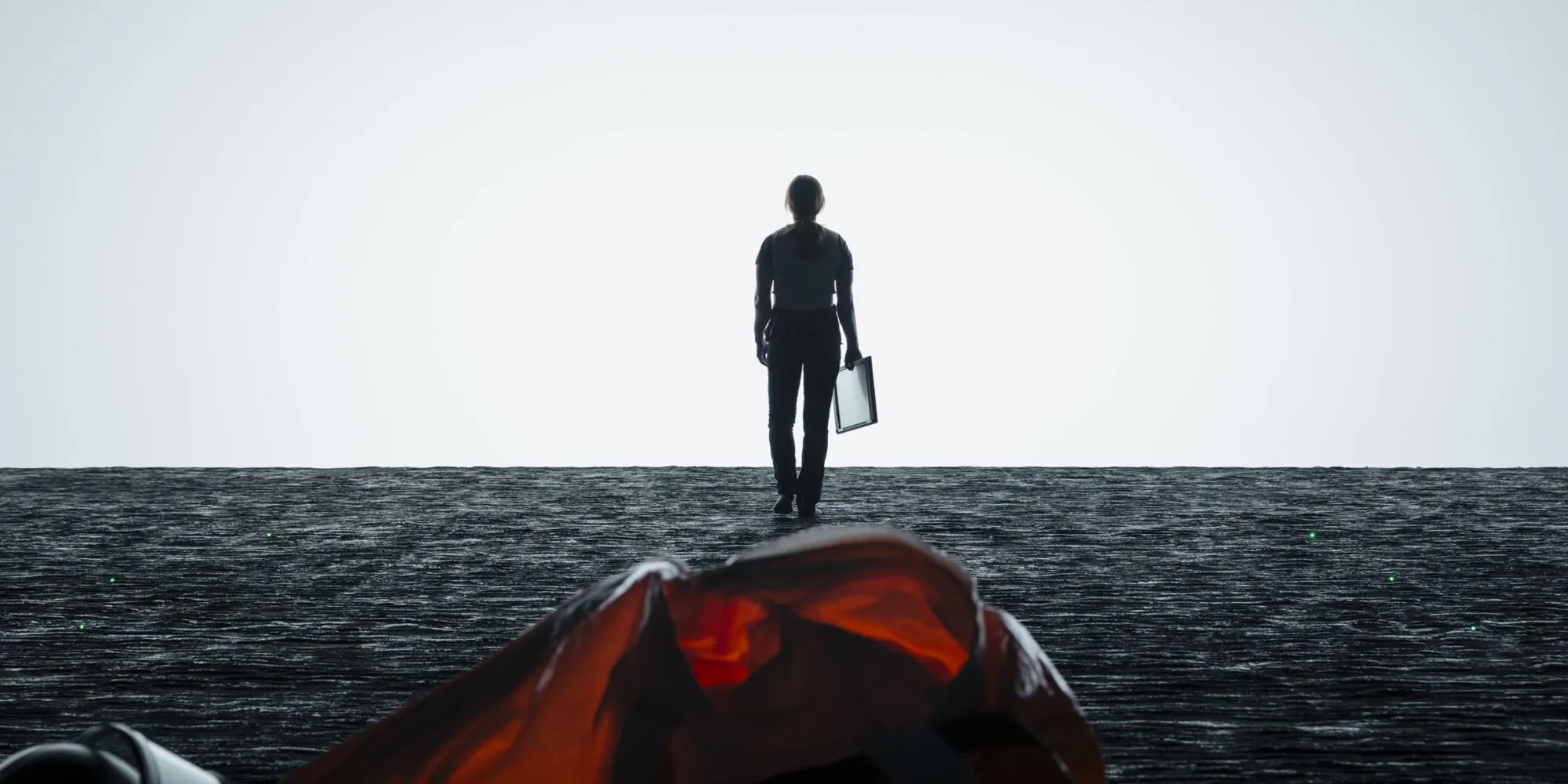
A critical darling, Arrival secured an Academy Award and earned seven additional nominations, with accolades directed at Villeneuve’s direction and Amy Adams’ compelling performance. The film’s conclusion is heralded as one of the all-time great twists, with audiences left astounded by the resolution of complex narrative threads.
True to the essence of great plot twists, Arrival’s reveal incites immediate curiosity, prompting viewers to revisit the film in light of fresh insights. The initial impressions of the narrative take on new meaning when the full scope of the twist is understood; it feels expertly integrated and vital to the story. This twist not only steers the plot into unexpected territory but also adds profound emotional layers.
Furthermore, the twist’s effectiveness is enhanced by early hints scattered throughout the film. For instance, the moment when Louise retrieves information seemingly from her past to divulge to her daughter signals the temporal distortion at play. Although initially unclear, this pivotal scene builds anticipation as viewers gradually piece together the impending twist alongside the characters.
Various elements within Arrival manufacture a twist that resonates on multiple levels, combining excitement with intellectual sophistication, thus enhancing the entire viewing experience and imbuing it with deeper emotional significance.
Arrival’s Timeline: Integral to Its Impact
The Complex Timeline as a Vehicle for Emotional Resonance
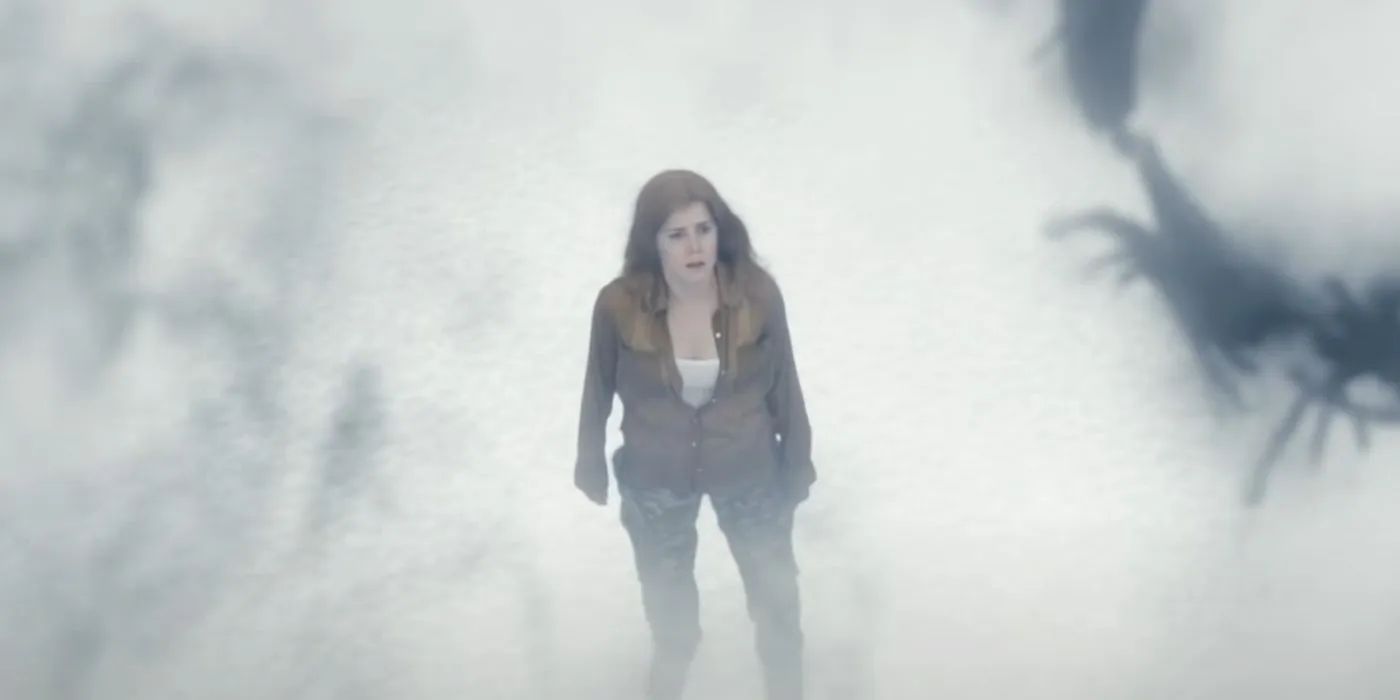
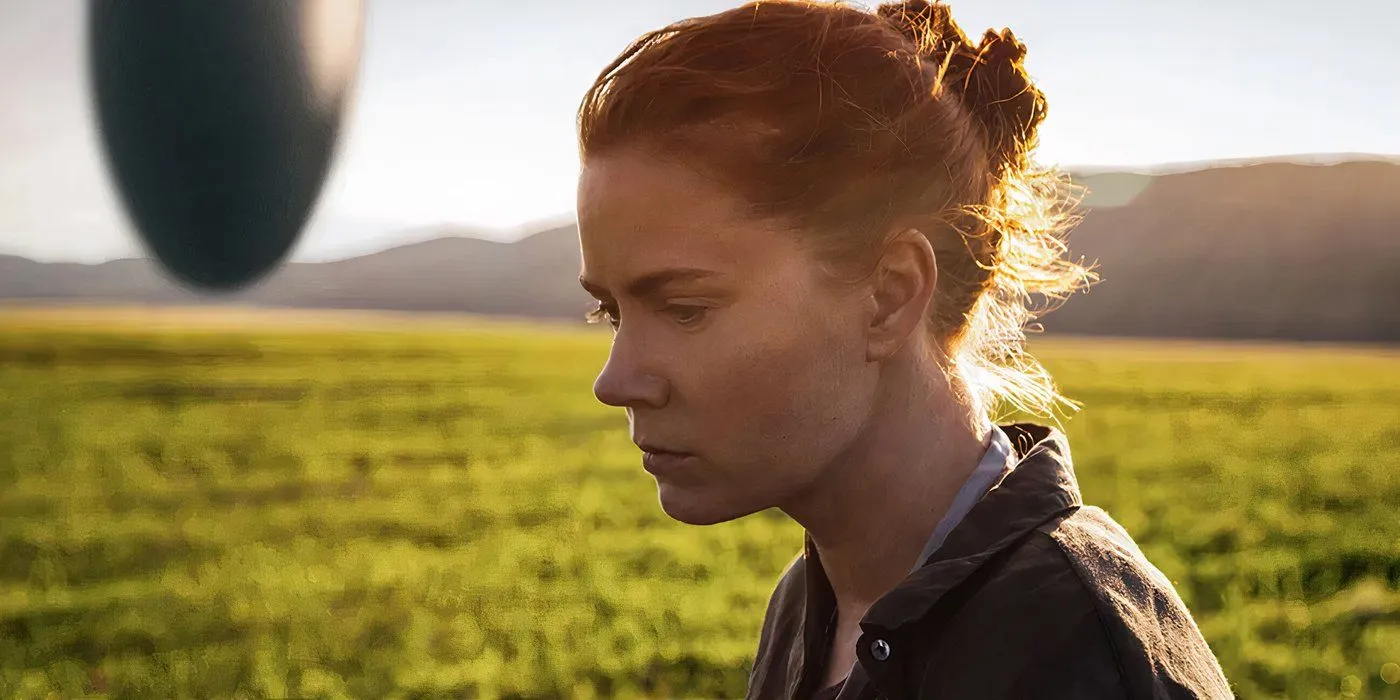
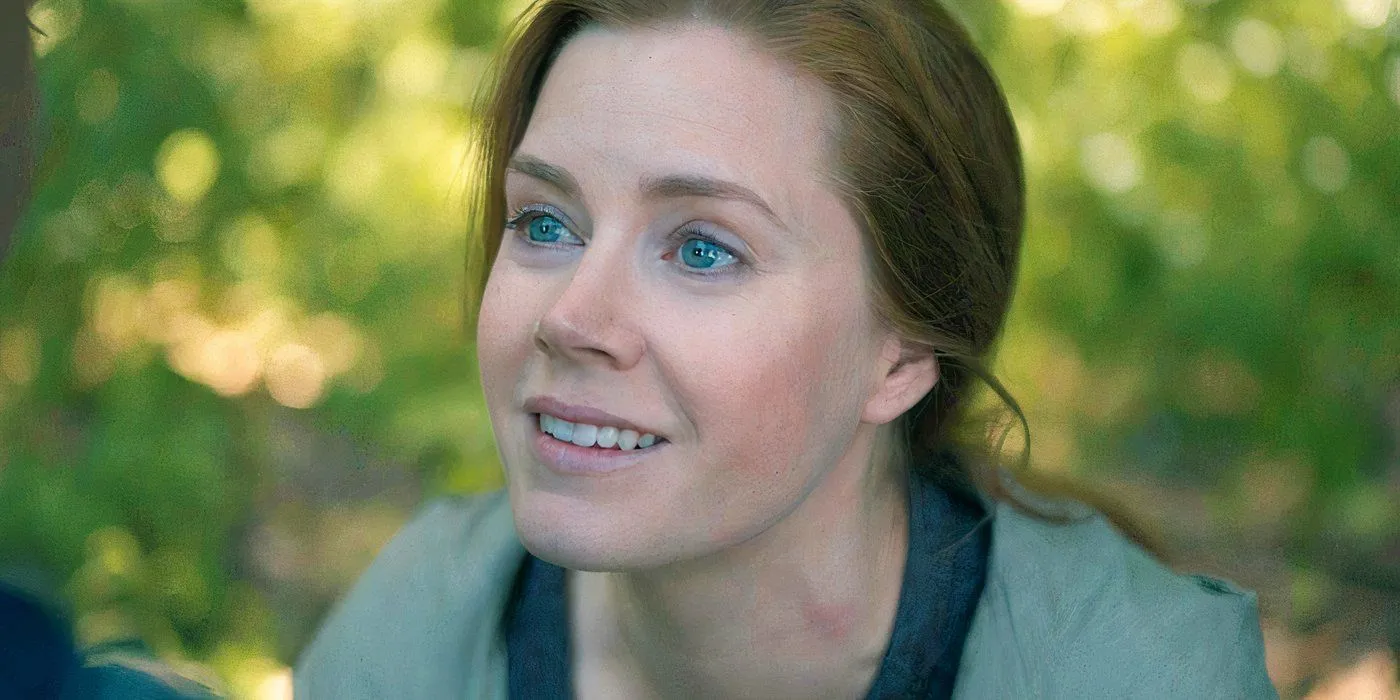
While Arrival’s non-linear timeline may initially perplex viewers, it significantly enhances the film’s narrative depth. Upon first viewing, I was engrossed by the cinematic exploration of humanity’s initial interactions with alien life, unaware of the intricacies unfolding beneath the surface. Ultimately, the revelation of time’s nature enriches the experience, elevating the film beyond typical narratives told in chronological order.
The complex timeline generates an engaging mystery for the audience to solve. During my screening, I recall a palpable atmosphere of intrigue enveloping the theater, transforming when Louise—during one of her “memories”—seems to extract crucial information from the present timeline. The collective audience buzzed with excitement at this revelation, a sign that more layers existed within the narrative fabric.
Yet, the emotional weight of Arrival’s twist transcends mere surprise; it delivers profound reflections on grief and loss, compelling the viewer to ponder whether beautiful memories are worth the sorrow they accompany.
The climactic realization of Louise’s future mirrors her own awakening, forging a poignant connection that would lack resonance without the film’s intricate timeline. The ending poignantly illustrates Louise’s willingness to embrace the joy and sorrow ahead, underscoring the film’s emotional core.
